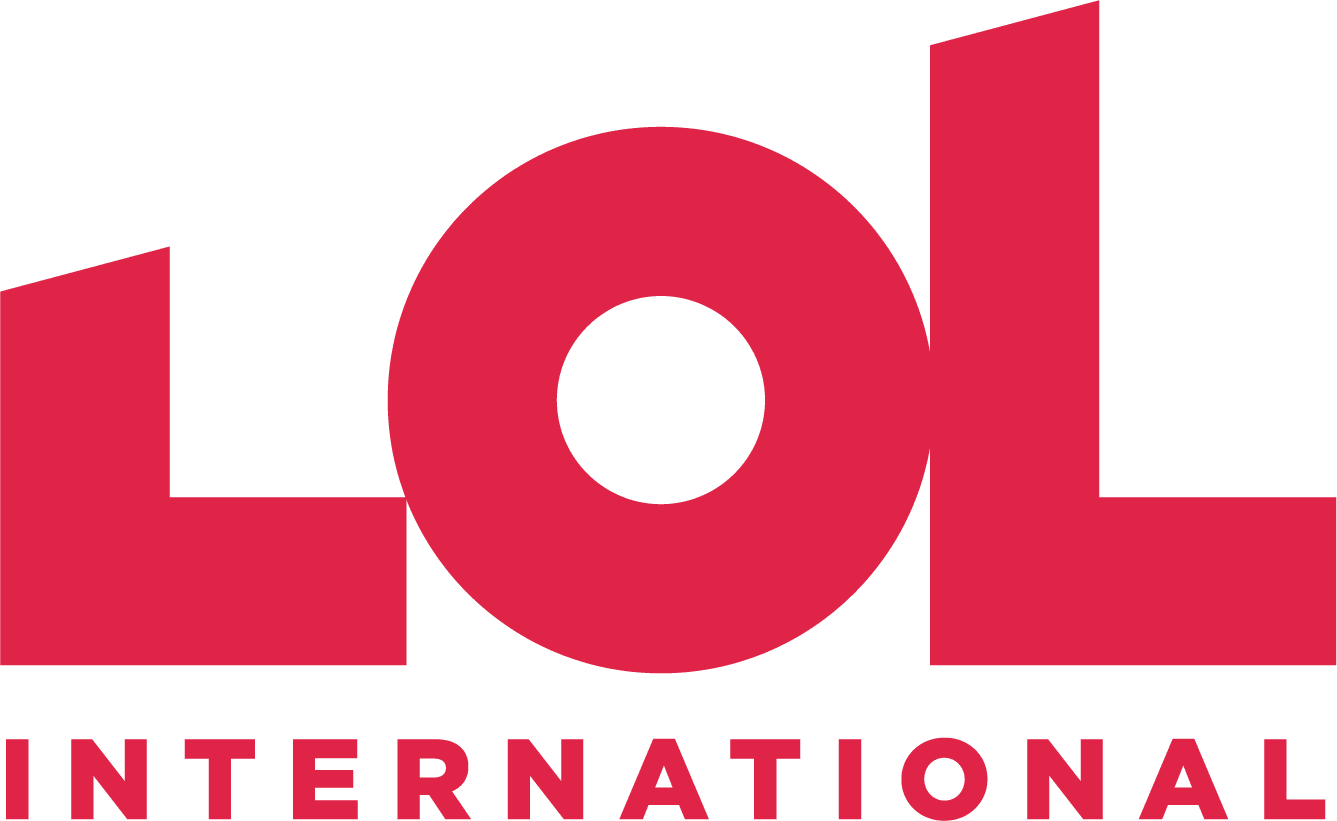Introduction:
In the dynamic digital marketing landscape, brand ambassadorship has emerged as a critical strategy for businesses seeking to humanize their brands and deepen customer engagement. However, the actual effectiveness of these campaigns often hinges on one essential factor: the Return on Investment (ROI). Understanding and measuring the ROI of brand ambassadorship is crucial for businesses to ensure they’re making profitable marketing decisions. This guide delves into the nuances of calculating and maximizing the ROI from brand ambassador campaigns.
The Importance of Measuring ROI in Brand Ambassadorship
Understanding ROI in the realm of marketing is essential. It’s a measure of the profitability and efficiency of an investment, in this case, the investment in brand ambassadors. In ambassador campaigns, measuring ROI isn’t just about tracking sales or revenue increases; it’s also about understanding the impact on brand awareness, customer loyalty, and market influence. Accurately gauging the ROI helps fine-tune strategies, justify marketing spending, and make data-driven marketing decisions for future campaigns.
Setting Up for Measurable Success
Success in any marketing campaign starts with clear goal-setting. Objectives for brand ambassador campaigns range from increasing brand awareness and engagement to boosting sales. Once these objectives are set, identifying Key Performance Indicators (KPIs) becomes crucial. These could include metrics like engagement rates on social media posts, increases in website traffic, or direct sales figures. Selecting the right KPIs aligned with campaign goals is fundamental to measuring the campaign’s success accurately.
Data Collection and Analysis
With digital tools at our disposal, collecting data for ROI analysis has become more accessible. Social media analytics, customer relationship management (CRM) software, and web tracking tools can provide a wealth of data. The challenge lies in analyzing this data to extract meaningful insights. This involves not just looking at the numbers but understanding the story behind them – how and why specific changes in KPIs occurred.
Calculating ROI of Brand Ambassador Campaigns
To calculate the ROI, the basic formula involves:
- Subtracting the investment cost from the gain obtained.
- Dividing by the investment cost.
- Multiplying by 100 to get a percentage.
For brand ambassador campaigns, this means considering the total costs associated with the movement (including payments to ambassadors, production costs, etc.) and the gains in terms of increased sales, higher traffic, or other financial benefits. Real-world examples, such as Daniel Wellington’s influencer marketing strategy, which significantly boosted their brand presence and sales, illustrate the potential ROI of well-executed ambassador campaigns.
Qualitative Impact and Its Importance
While numbers are significant, the qualitative impact of brand ambassadorship – like enhanced brand image, customer loyalty, and improved market position – should not be overlooked. Though harder to quantify, these aspects can have long-term benefits for a brand. Methods to gauge qualitative impact include customer surveys, brand sentiment analysis, and monitoring customer engagement and feedback on various platforms.
Challenges in Measuring ROI
Measuring ROI can be fraught with challenges. One common issue is attributing sales or success directly to ambassador activities, especially when multiple marketing channels are in play. There’s also the debate of short-term gains versus long-term brand building. Improving accuracy in ROI measurement often involves a multi-faceted approach, considering both the direct and indirect impacts of ambassador campaigns.
Leveraging ROI Insights for Future Campaigns
Insights gained from ROI analysis are invaluable for shaping future strategies. They offer a blueprint for what works and what doesn’t, allowing businesses to adapt and evolve their ambassador strategies. This continuous implementation, measurement, learning, and adaptation cycle is critical to maintaining successful, profitable brand ambassador campaigns.
The Future of ROI in Brand Ambassadorship
As digital marketing continues to evolve, so will the methods for measuring ROI. Emerging trends, such as integrating AI and machine learning for data analysis, will likely play a significant role in future ROI calculations. Staying ahead of these trends will be crucial for businesses looking to maintain an edge in their ambassadorship strategies.
Conclusion:
Calculating the ROI of brand ambassadorship campaigns is an essential practice in today’s marketing world. It enables brands to understand the actual value of their investments and guides them in crafting more effective, data-driven marketing strategies. As digital marketing evolves, mastering ROI calculation will be vital in achieving long-term success and profitability in ambassadorship campaigns.
Have you faced challenges in measuring the ROI of your brand ambassador campaigns? Please share your experiences or tips in the comments below, and let’s discuss the best practices in ROI measurement.

